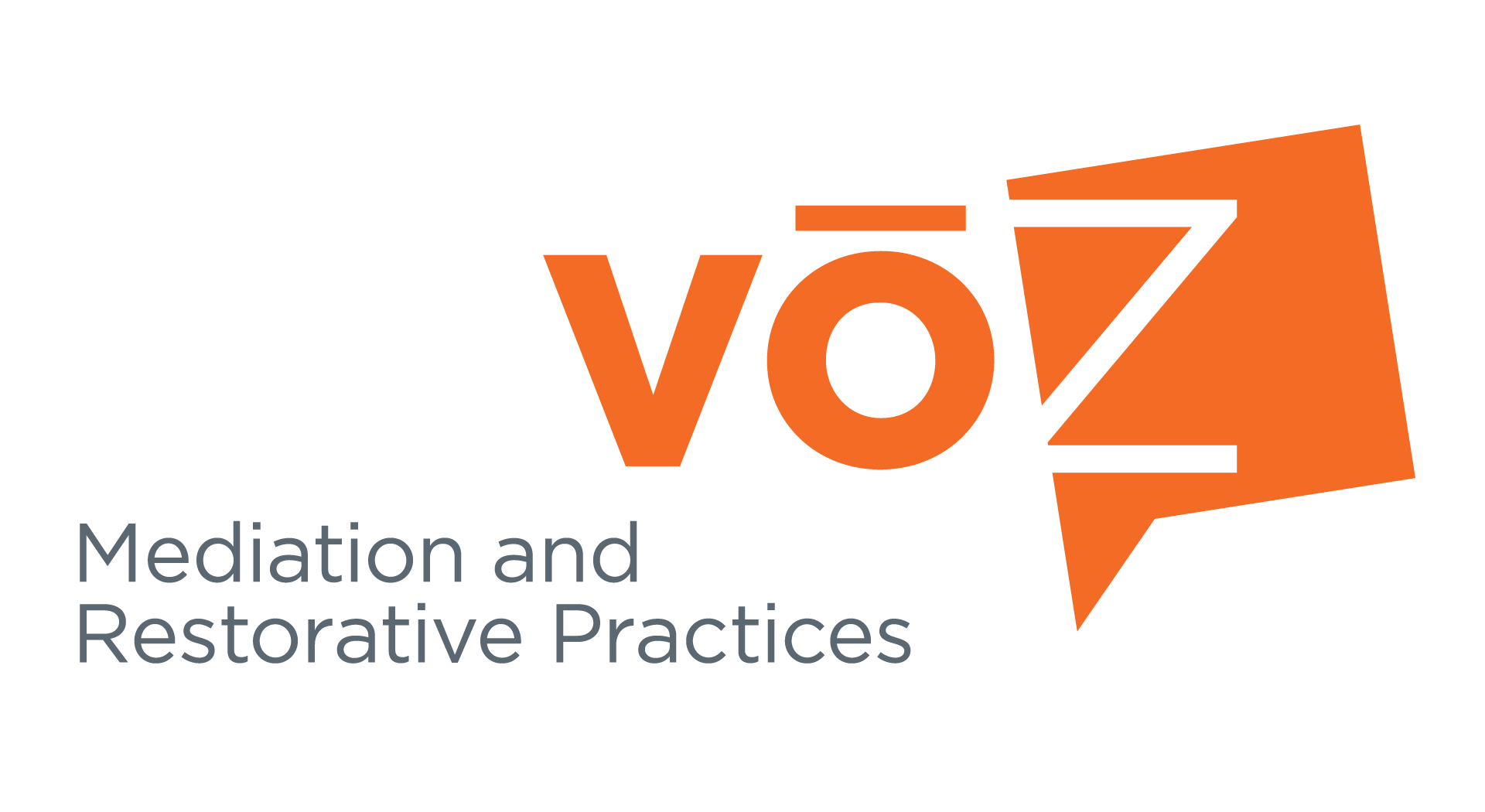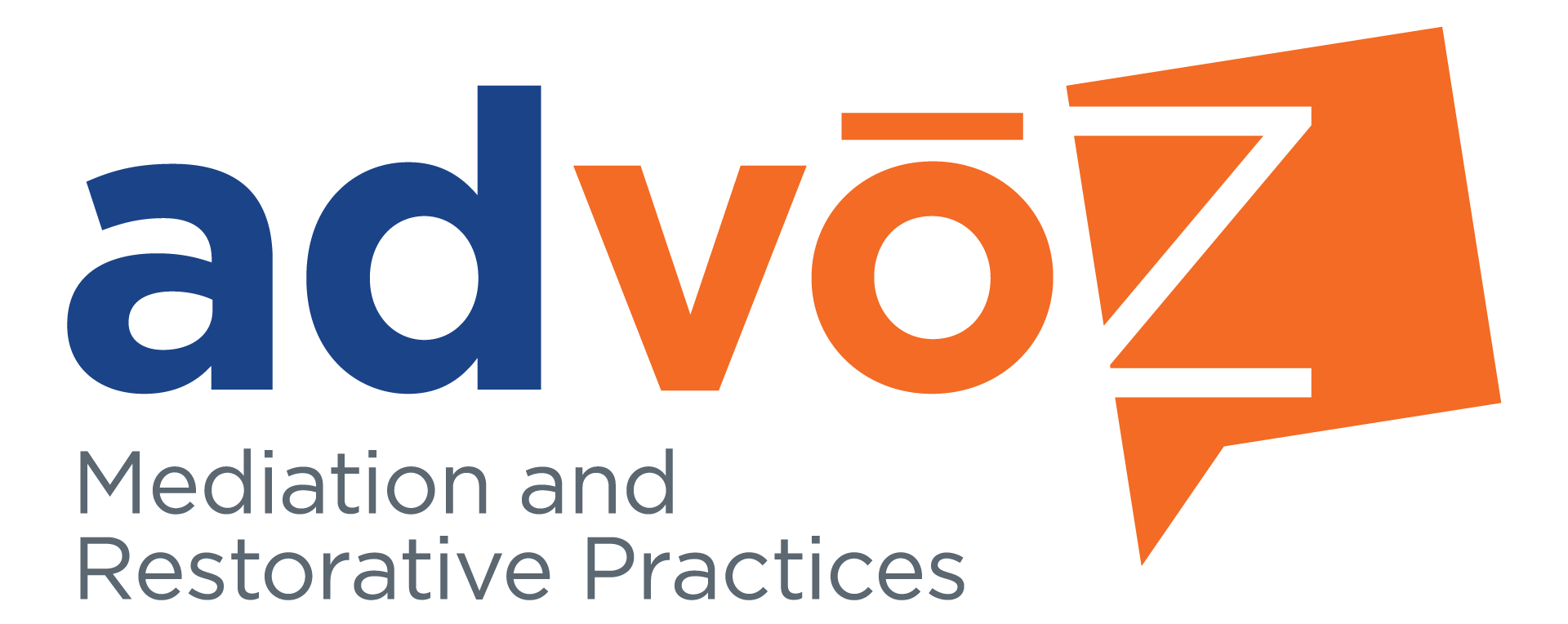Restorative Justice Programs
Programs for healing and restoration after harm has been done in Lancaster, PA.
Have you experienced/caused harm and you want to heal, we have restorative programs that will help lead you to the healing you long for.
Restoration is possible for you. We can help.
No harm is too much for our Restorative Justice Programs to help heal.
We offer:
- Restorative Justice Dialogue (Victim-Offender Conferencing)
- Making Peace Student-Parent Workshops
- Circle Process (Restorative Circles / Peacemaking Circles)
Our Restorative Justice Programs
At Advoz, we offer the following Restorative Justice Programs to help you find life on the other side of hurt.

Have you experienced/caused harm?
Restorative Justice Dialogue
This Harmed-Offender Conferencing addresses the harm caused by crime or violation through face-to-face dialogue. If you desire restoration, this program will help you find what you’re longing for.
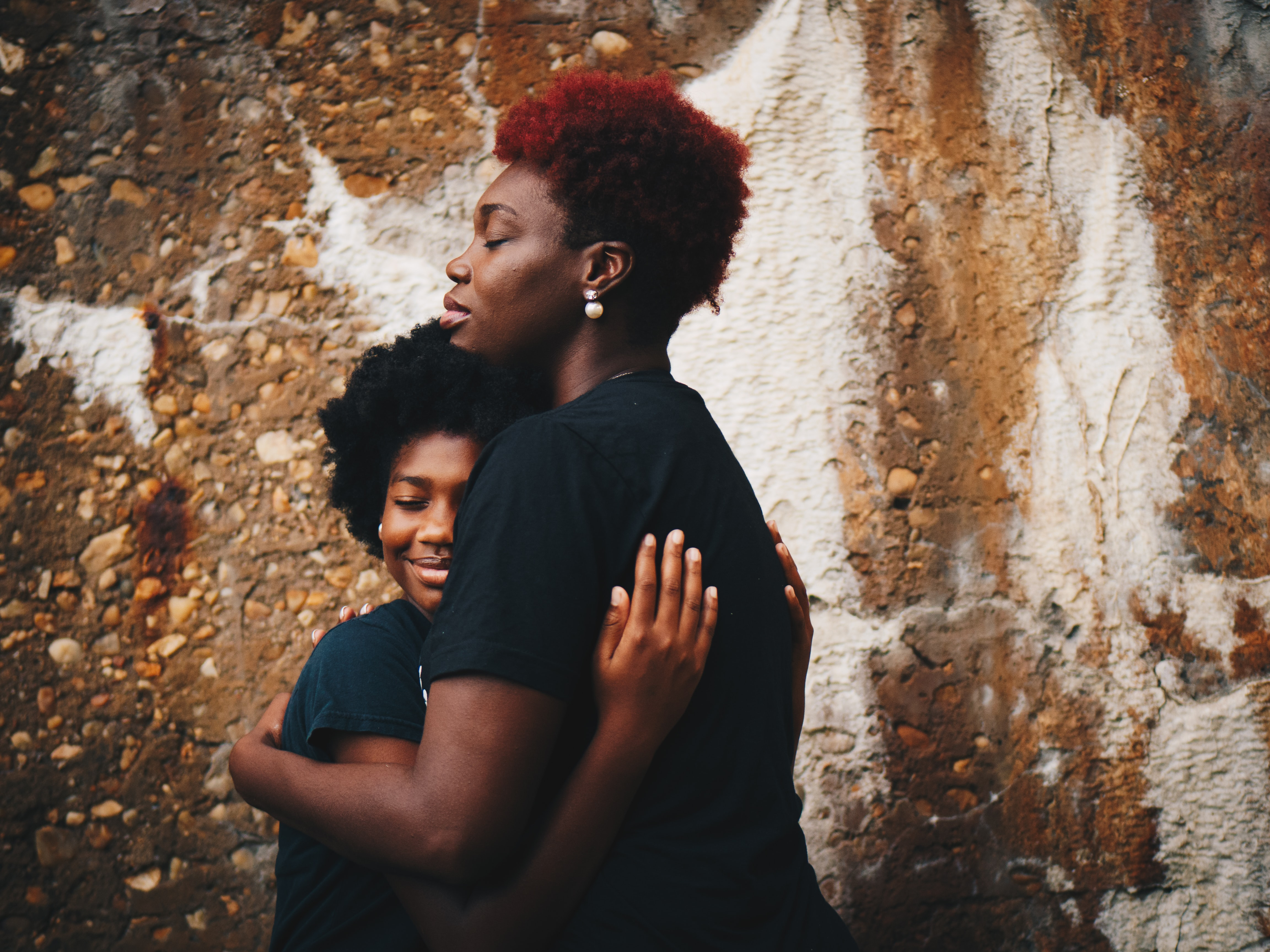
For youth and their parents
Making Peace Student-Parent Workshops
Wish you could connect with your youth in a way that builds & strengthens your relationship? This interactive experience for youth and their parents will help you explore and improve your conflict styles through practicing authentically together.
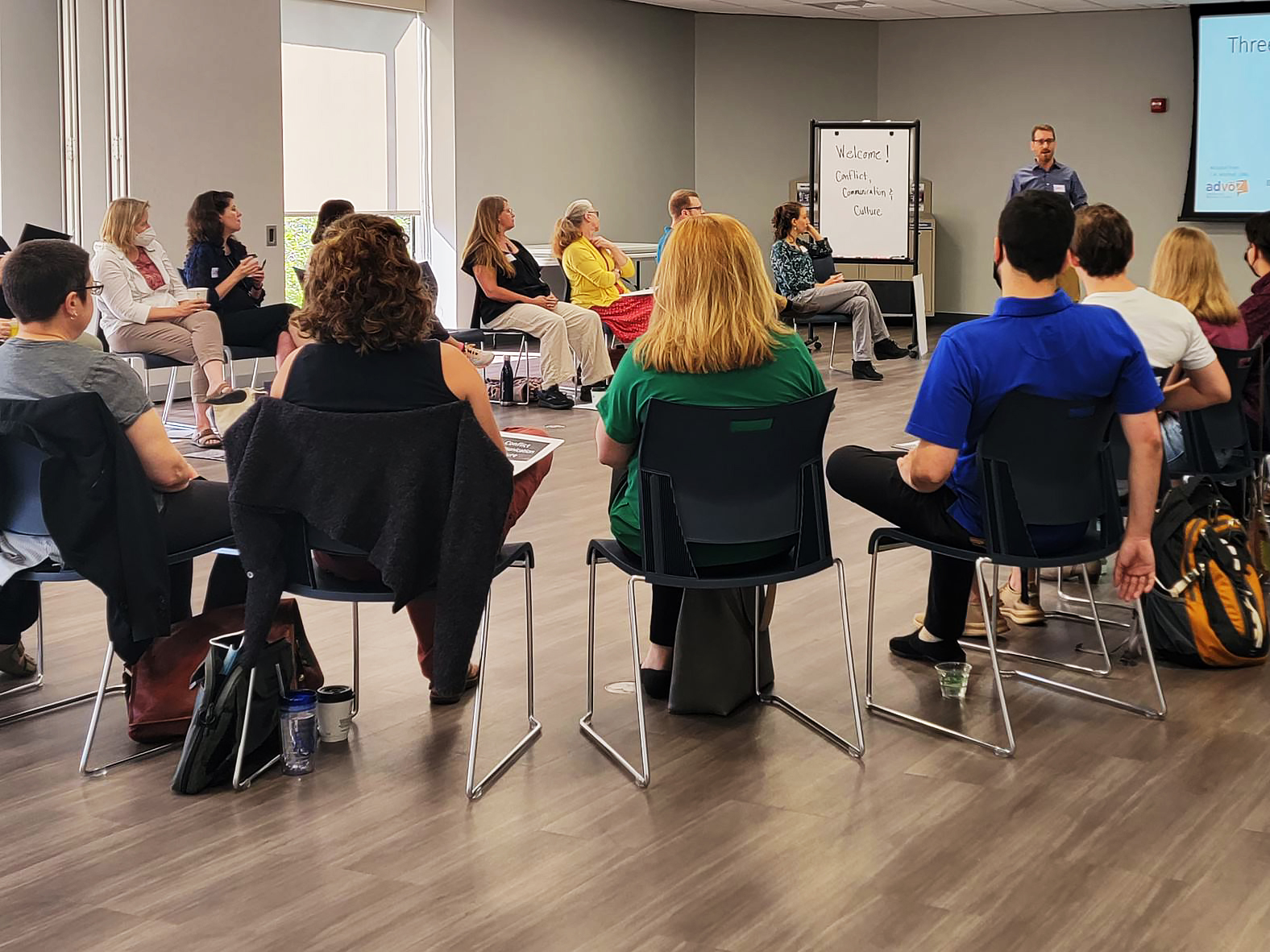
If you need restoration for a group
Restorative Circles
Our Circle Process will allow your to address harm and conflict in your neighborhood, school classroom, workplace team, or other group in a way that everyone feels safe and heard leading to restoration, repair, and the ability to positively move forward together.
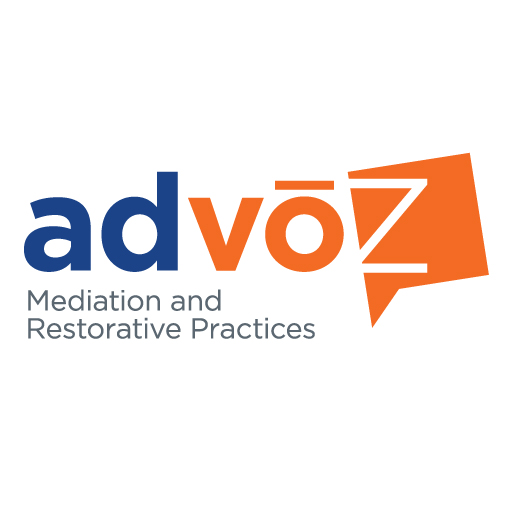
Don’t let the harm continue to hurt, causing more damage in your heart or others.
You can gain relief, healing, stronger supportive relationships, and increased clarity about your future expectations through Advoz Restorative Justice Programs.
Restorative Justice Dialogue
If you’ve been harmed:
No one can undo what happened, but there’s a process that can help you heal from harm done to you.
If you’ve caused harm:
Actions can’t be reversed, but there’s a process that can help you move forward after causing harm.
You can find hope and healing.
We can help.
We understand it takes a lot of courage and humility to come to invite another party into the hurt and harm in your life.
When you come to Advoz, we hold your hurt with kindness and lead you to the hope and healing you seek through our proven practices.
Don’t wait another day.
Reach out to start the process of restoration!
What are Restorative Justice Practices?
Looking to learn more about Restorative Justice Practices and their history? Read below.
Addressing harm, rather than blame, is the focus of restorative justice. Whether you’ve been harmed, or caused harm to another(s), restorative practices help to address that harm to the satisfaction of those impacted through facilitated dialogue.
In the vast majority of cases surveyed, both harmed and offenders report increased safety, empathy, and trust, with decreased fear and shame.
With Lancaster County’s Juvenile Courts, fewer than 15% of offenders commit a crime in the next two years, less than half the common rate of “recidivism.”
Restorative practices, focusing on personal and group accountability to address harm, are increasingly used in schools as effective alternatives to traditional punishment approaches.
As the dialogue and circle processes promote social empathy and peer support, the practices overwhelmingly result in reduced suspensions, reduced truancy, and increased community involvement in schools where they are fully implemented.
Find restoration today!
This hurt doesn’t need to hold your life back. Reach out to Advoz today to begin the process of healing and creating hope for your future.

“It was truly amazing. A venue that provided closure”
– Someone harmed by crime and sought restoration through dialogue
Find Resolution and Healing
We believe there is always a possibility of restoration.
Let us create those possibilities together.
Advoz: Mediation, Restorative Justice & Training in Pennsylvania
